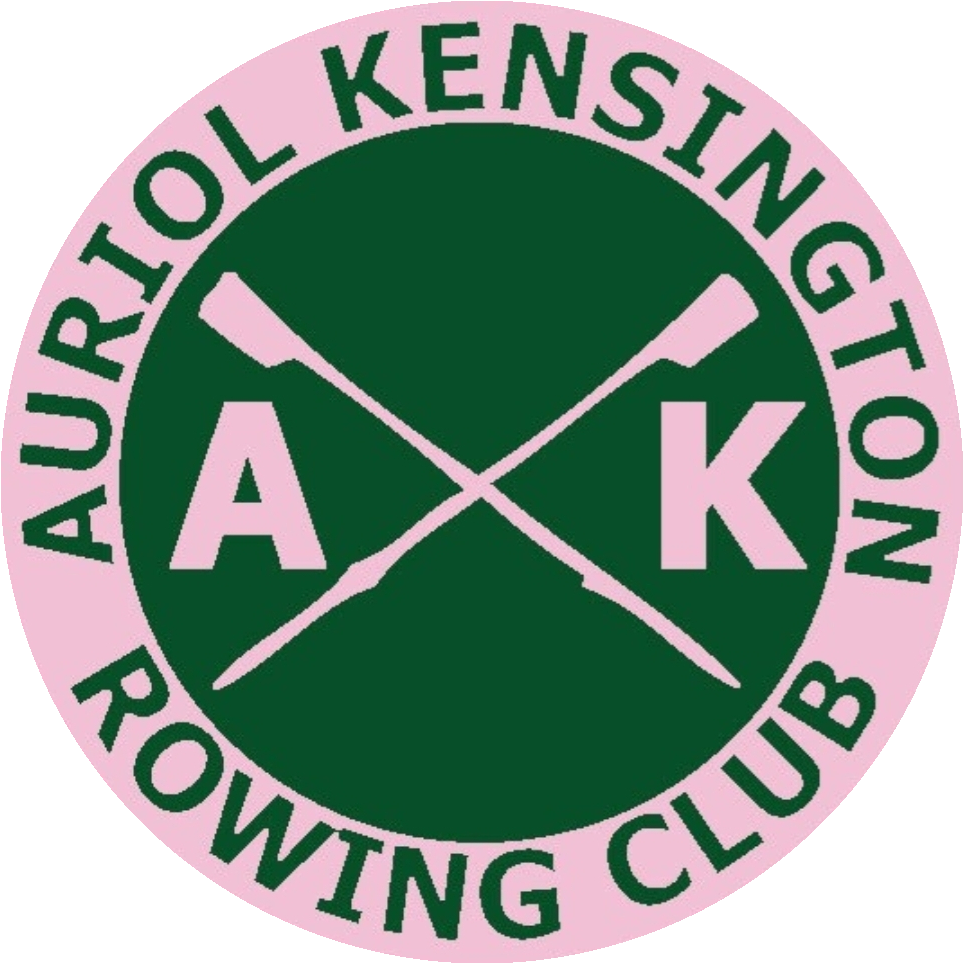Where we came from.
The history of AKRC.
Wally Kinnear of Kensington Rowing Club: Olympic Gold medal 1912, Henley Diamond Sculls 1910 -1911 and Thames Champion, 1910-1912
The story of Auriol Kensington Rowing Club is part of the story of British club rowing. For many hundreds of years, roads were poor and rowing was mostly a means of transporting goods and people in speed and comfort. The rowers were tough working men and, in their scarce leisure time, they liked to gamble on the result of races between their boats. The upper classes soon discovered that was an interesting thing to bet on and by the early nineteenth century, young gentlemen from Eton College and Oxford University rented working boats to try rowing (and eventually racing) for themselves. By the later part of the century, increasing wealth gave both the industrial working class and the growing middle class time to take part in sport. It is no coincidence that most of our rowing, football and other sports clubs date from the 1880s and 1890s.
J de G Edye of Auriol Rowing Club: Champion of the Thames, 1907
Auriol Kensington was formed in 1981 by the merger of two much older clubs, Kensington RC and Auriol RC. Kensington was one of the early amateur rowing clubs, founded in 1872. It adopted the genteel name of ‘Kensington’ as many of its founder members were connected with the large stores from there and from the West End of London. Auriol was founded in 1896 by the Reverend Propert (who lived in Auriol Road, Hammersmith) with the aim of promoting ‘muscular Christianity’ among working men.
In their early years, neither club owned boats nor property. There were many clubs based in Hammersmith and other places that simply hired boats from local boatyards and rented rooms to change in from nearby pubs. Kensington rented a room in the Blue Anchor at 13 Lower Mall and Auriol had the same arrangement with the Rutland at 15 Lower Mall. Their boats came from the Biffen Boathouses at 14 and 16 Lower Mall.
Between the two World Wars, Auriol rented the whole first floor of number 14 and Kensington took the second floor. After the Second World War, the Biffens went out of business and Auriol bought the whole of number 14 while Kensington stayed as their tenants. In 1981 the two clubs amalgamated and in 2004, the Victorian building that was 14 Lower Mall was rebuilt to suit the modern age. In 2012 Auriol Kensington abandoned rowing’s historic amateur ethos and employed a professional coach. After 140 plus years, the club continues to move forward.
The pictures here show some of the most successful athletes that AK and its predecessors have produced over the years. Most of our rowers will not reach such high levels but all will get back as much as they put in – as has been the case since 1872.
Peter Haining MBE World Lightweight Sculling Champion in 1993, 1994 and 1995. Thames Champion 1994, 1995, 1996 and 2000
AKRC, Gold Medalists, Lightweight Quad Sculls, 1990 National Rowing Championship – John Throssell (Stroke), Peter McCafferty (3), Mark Hatlee (2), John Hampton (Bow)
Hugh Mackworth-Praed, AKRC Gold Medalist, Lightweight Single Sculls, 2001 National Rowing Championships
Bryony Rance and Annabel Hagon, AKRC Gold Medalists, Lightweight Coxless Pair, 2004 National Championships, Home International and Henley Women’s Regatta A history of rowing at Hammersmith, the story of the club’s




